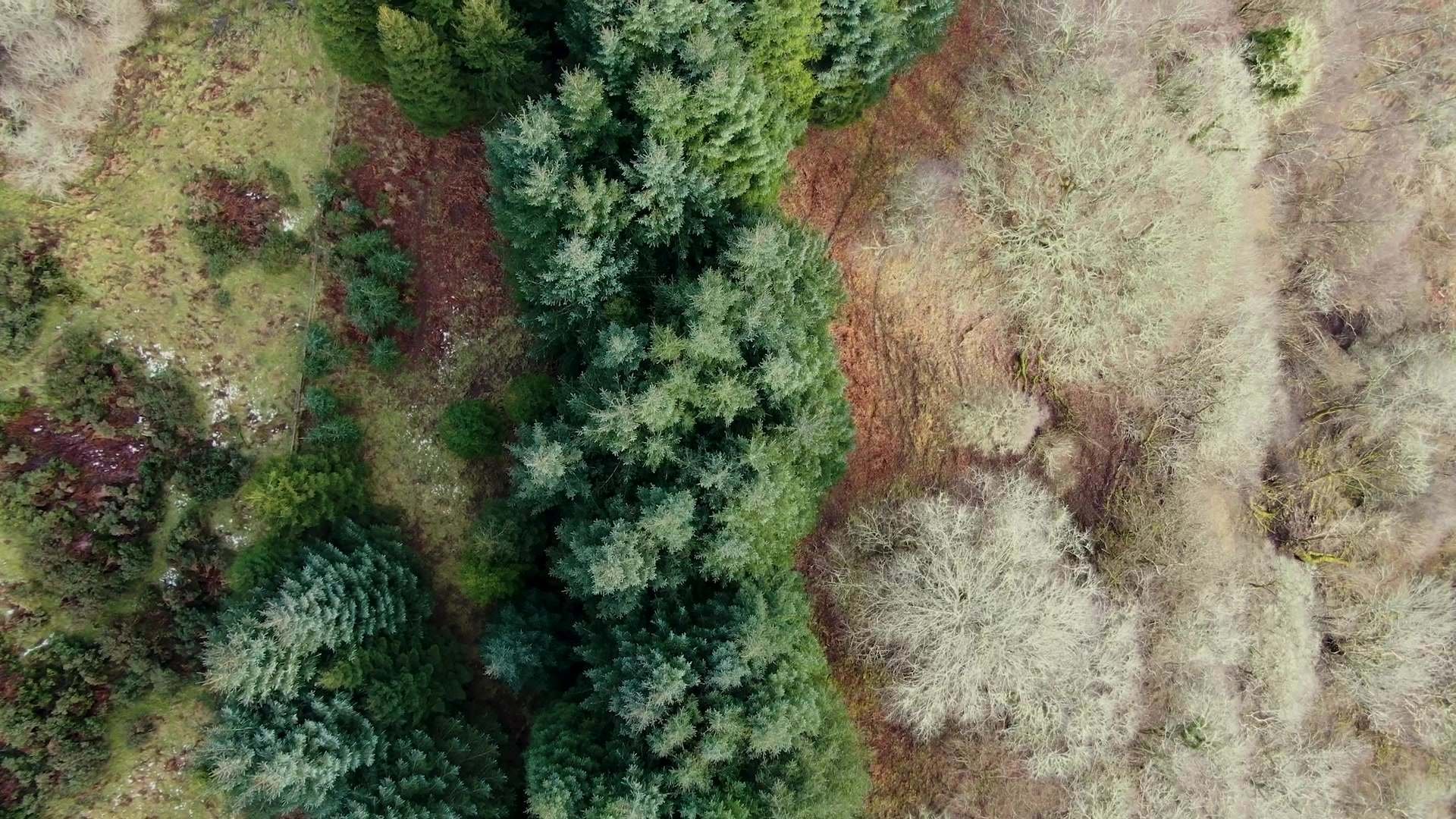
Natural Capital Science
We are developing nature-based solutions that are robust, future-proof and scalable, which have benefits for climate, biodiversity and people. The carbon and biodiversity effects of rewilding are not fully understood and so we are developing cutting edge nature-based solutions research across our rewilding projects. We aim to demonstrate how natural capital can be grown verifiably for planet, people and profit both in wild and actively managed land.
We also are developing our data acquisition, analysis and land management services offering for other natural capital projects and landowners.
Baselining biodiversity
To monitor change in biodiversity, we need to establish the best metrics to use. Our baselining surveys include a variety of methods across our rewilding sites, from which we will develop standardised monitoring protocols that can be repeated on a regular basis. With this, we will be able to reliably quantify biodiversity change (along with carbon fluxes) as the land rewilds.
We aim to make our research and data fully open and publish annual natural capital reports to summarise ongoing work in our rewilding projects. As this work progresses, we will record and publish our findings to ensure that Scotland can benefit from robust nature-based solutions as quickly as possible. We aim to help drive the development of high-quality and consistent monitoring of biodiversity and carbon, therefore stimulating investment in nature-based solutions.
Experts’ Excerpts
Insights into our latest research
Why monitor invertebrates?
Co-Chief Scientist Penelope Whitehorn describes Highlands Rewilding's participation in the UK-wide BIOSCAN project, which aims to collect and study the genetic diversity of 1,000,000 flying insects from across the UK.
Through different survey methods our science team has recorded over 18,000 invertebrates since 2022.
Vegetation Community Surveys
Co-Chief Scientist Calum Brown reveals in remarkable detail the diverse vegetation on Tayvallich. Ben and Alison Averis, who carried out the surveys describe Tayvallich as having, “very interesting and varied small-scale habitat mosaics, a good range of wetland plant communities and a population of juniper that is notably large for a site so far west”.
“Too many deer”
Head of Forestry and Woodlands Keir Smith explains how, despite recent increased deer management across our sites, thermal drone surveys have shown that deer densities are up to ten times higher than that which would allow natural regeneration of native woodlands, including Temperate Atlantic Rainforest.
-

Learn more about our research strategy and how we are using our open air natural capital laboratories to measure biodiversity uplift and carbon sequestration.
-

From camera trapping mammals to surveying lichens, drone surveys to e-DNA sampling. Learn more about our collaborators and their work.
-

Are you looking to understand the natural capital potential of your land? Our science-led land management services are offered at no upfront cost!




